
If your internal doors were installed a while ago, or if you live in an older house, you're likely to come across minor problems with your doors.
The most common door issues that you may encounter with your doors include them sticking, doors that rattle or won't close properly, or even an irritating squeaking door. The good news is that, while these small door problems might be a bit of an inconvenience, most of them are quickly and easily fixed. And you can usually do them yourself.
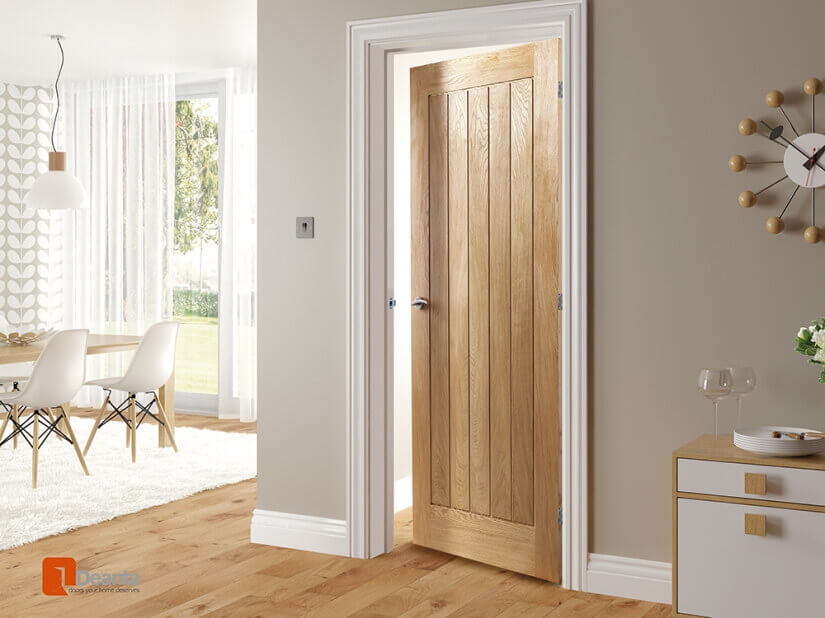
If your door isn't working properly, you might assume it is because of door defects or faults with the door itself.
In actual fact, many common door problems are caused by the way a door has been hung.
This means you don't need to replace your door, just adjust it.
When a door has been hung incorrectly, the weight of the door isn't supported evenly. This might mean the gap between the door and the floor is wonky, the door frame is pulled away from the wall or it might add unnecessary stress to the door hinges.
If you notice a fault in the functioning of a door, hanging problems will usually be the cause.
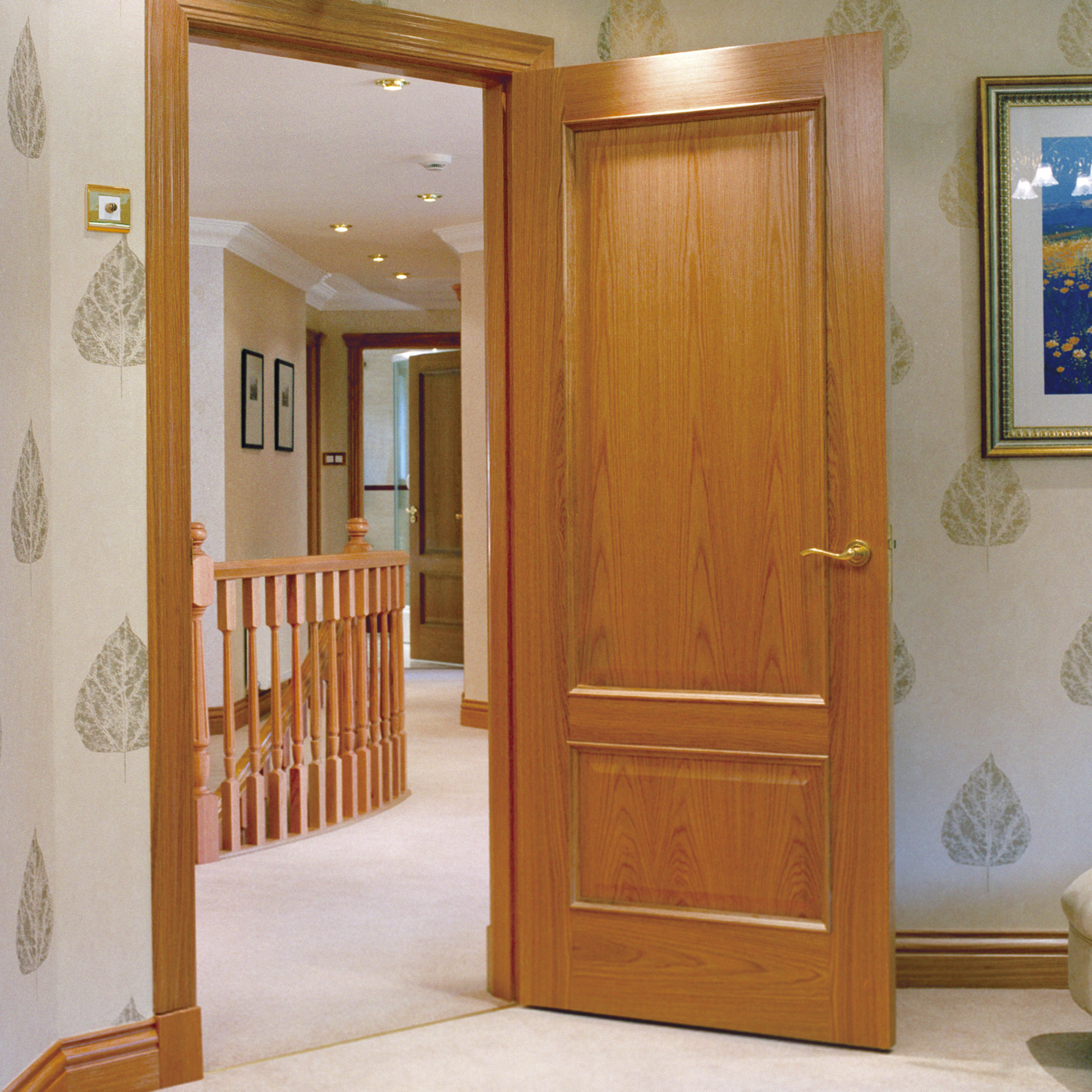
A common door hanging problem results in a door that won't stay still. When you open it, it swings closed or when it opens again when you've pulled it ajar. This usually means your door jamb is out of plumb.
If the jamb that your door hinge attaches to is wonky (out of plumb) then this affects the way the hinge works. The door isn't held vertical which is causing the hinges to lean, pulling on the door.
If your door has always been a little unwieldy and swung like this, the jamb was probably installed out of plumb in the first place. But this problem can also develop over time, and this can mean a more serious cause. It can be a result of the wall or floor settling, which can cause the entire jamb to be off.
The easiest way to check if the door jamb is causing your door problems is to test it. You can do this using weight hung on a length of string (also called a plumb line).
Follow these simple steps to test whether your door jamb is wonky:
Step 1: Making sure the door is closed, hold the plumb line against the upper hinge
Step 2: Make sure the string is not quite touching either of the hinges, the weight should be a few inches off the floor so it can hang freely.
Step 3: If the hinges are directly above each other or if the jamb of the door isn't vertical, you will be able to tell.
If the hinges aren't exactly above one another, you will be able to fix your door swinging by realigning the door hinges.
There are specific ways to fix a swinging door, depending on which way the door swings. If the door swings closed when it's left open then you can correct the problem by moving either the top hinge leaf closer to the door-stop moulding or by moving the bottom hinge further away from the door-stop moulding.
When a door swings open by itself you fix the problem by doing the opposite and moving the hinges closer together.
Moving the hinges means you will have to unscrew the hinges as they are and drill new holes for the hinges. You need to make sure that you fill the old holes - you can use glue or a toothpick to get these holes filled.
This video offers a visual guide on how to fix your swinging doors:
If you have an irritating squeaky door it can be a simple fix on the hinges. Even a DIY beginner could give it a go.
Step 1: Use a nail to place under the hinge pins (make sure you have the door closed) and tap on the bottom. This will knock the hinge pins out slightly.
Step 2: Use oil to lubricate the raised pin.
Step 3: To test if the oil has worked, open and close the door a few times – repeat on all hinges until the squeak has stopped.
If your door hits against a wall regularly it can cause a lot of damage. To the door and the wall. The impact of the door handle against the wall can leave a mark on the paint or even a dent in the plaster.
It can even mark or damage the door handle.
Luckily, this common problem has a very easy solution. You can install a doorstop.
Doorstops are relatively cheap and easy to fit. You can also find them at most DIY stores. You simply screw them into your skirting boards, and the rubber or solid 'stop' will catch the door before it makes contact.
This is another door problem with a relatively easy fix. All you need to do is adjust the latch plate that the door latch sits against.
The tab that sticks into the latch plates hole can be adjusted by using the top of a screwdriver to bend it slightly towards the stop.
It's as simple as that – you can test it by closing the door and seeing if it rattles.
If that doesn't work, you could try one of these three ways to get your door to stop rattling.
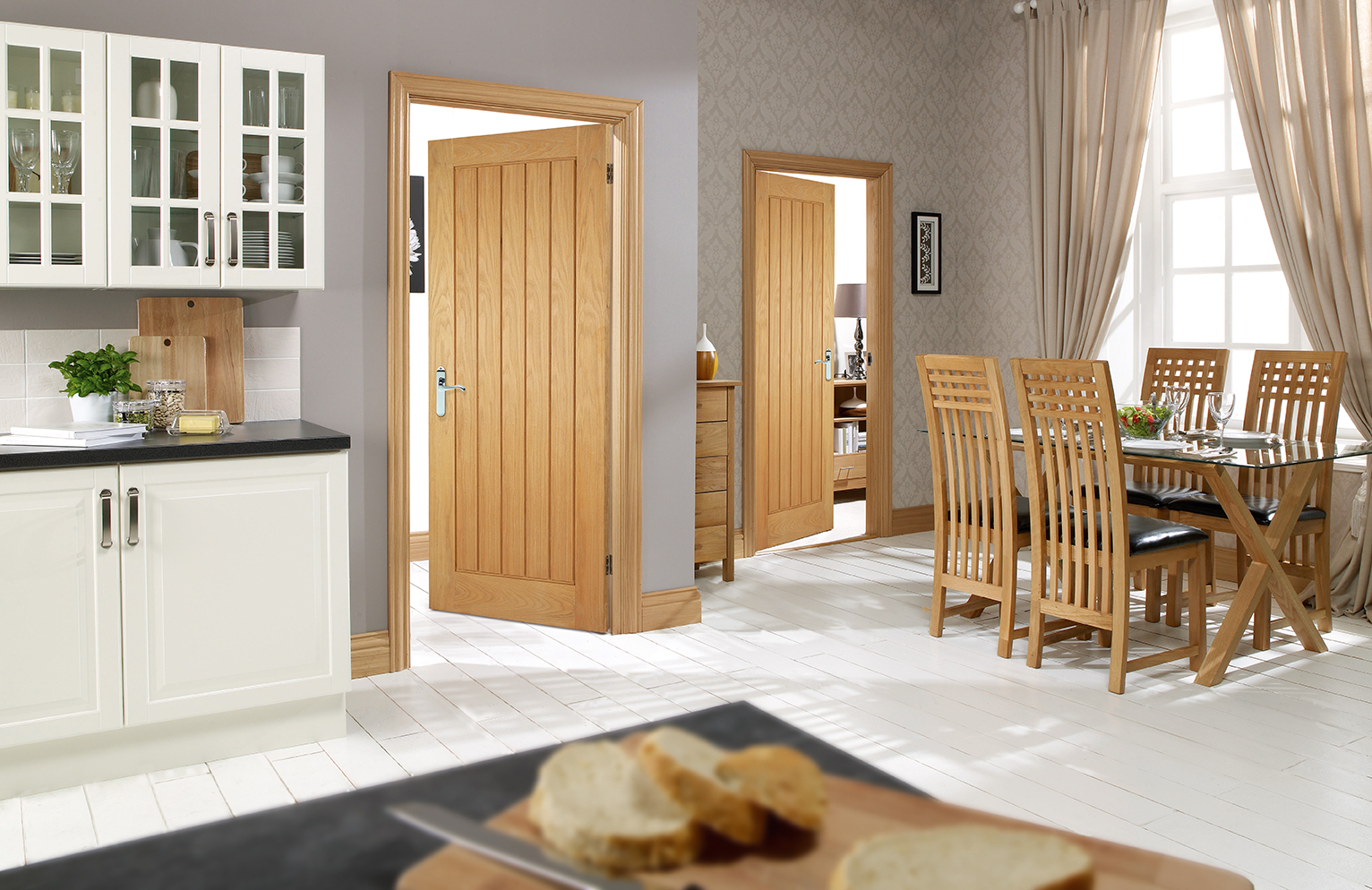
If you have a door that sticks, the first step to solving the problem is to determine where the door sticks. Take a step back from the door and you'll probably notice a place in the frame where the door is either too close or too far apart from the door frame.
How you fix the problem will depend on what you find when surveying your door and frame:
This happens due to settling and changes in the door frame itself. The easiest way to fix this, rather than adjusting the door frame is to trim the door. You'll need to mark the spot where the door sticks on the jamb, remove the door and using a block plane trim the door.
This might be caused by loose screws in the top hinge plate. You'll need to tighten them if they are loose, as that will be causing the door to hang lower than it should be.
If you can't tighten the screws, then replace the screws with new ones. Make sure they are larger to make up for the holes that have become warped over time.
This happens when the lower jamb of the door pulls loose. You'll need to remove the jamb and screw it on again to tighten it. After fixing the jamb so it is tight to the wall, the door will hang higher. This should stop the door from sticking.
It's unlike but sometimes you might find that your door won't close at all anymore. If this happens and you have ruled out all of the above suggestions, it might mean that your door or jamb has swollen so it can't fit into the frame anymore.
This can be a problem with solid wood doors. If they aren't finished or maintained properly, moisture might get into the wood and cause it to expand.
First, check the problem is with the door and not the timber of the door frame. Check to see if the edge of the frame is still attached to the wall on all sides and doesn't need fixing back.
If the frame around the door seems fine but you still can't close the door, you may need to trim the door down.
Most doors have a solid wood lipping around the edge, which means you can trim a few millimetres off the edge of the door without damaging its structure.
If you do trim the door, don't forget to sand the new rough edge, so that it doesn't rub against the floor.
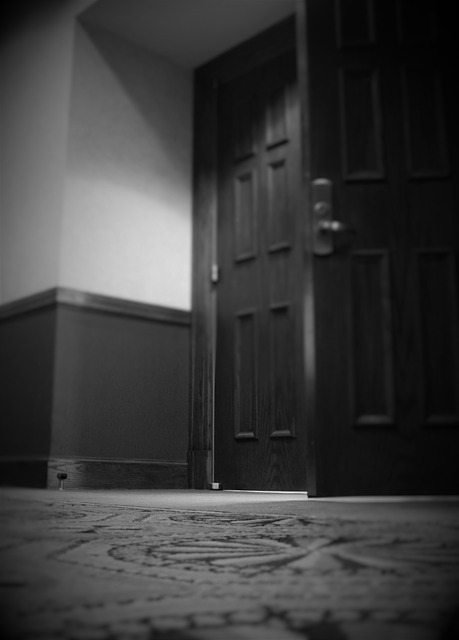
If you've just fitted a new carpet it might be thicker than your previous flooring. This can make doors stick or drag, making them hard to open. If this happens there are two solutions:
1. Trim the door slightly to account for the deeper carpet tread. You may need to adjust the gap very slightly, in which case you may choose to simply sand it down along the top of the door or the bottom of the door.
2. Install a rising door hinge. Find out all about them in our guide: Rising door hinges, what, why & how?
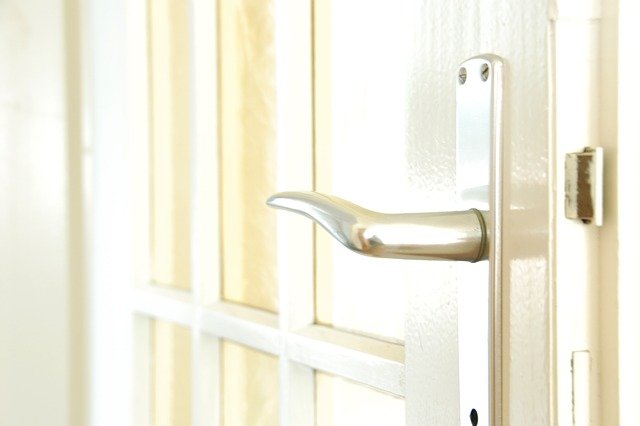
Another common problem you may have with your door is that the latch may not stay shut when you latch it. This makes closing or keeping the door shut hard work, which isn't great news if you have little ones or pets to keep inside.
Fixing it shouldn't be too much of a challenge and there are two ways of going about fixing it.
You can replace the latch set, which is an easy job. You'll only need a screwdriver, a spare half an hour and a new latch plate set which you can pick up in any large DIY shop.
The second option is to enlarge the hole in the strike plate. This usually occurs when a door has settled over time and is far easier to fix using this method than replacing the door jamb. Use a small mill file to file away at the strike plate until it becomes large enough to accommodate the latch.
Sometimes you might find that your door or jamb might swell or warp, meaning that your door no longer fits in the frame.
This can be a problem with solid wood doors. If they aren't finished or maintained properly, moisture might get into the wood and cause it to expand.
First, check the problem is with the door and not the wood of the door frame. Check to see if the edge of the frame is still attached to the wall on all sides and doesn't need fixing back.
If the frame around the door seems fine but you still can't close the door, you may need to trim the door down.
Most doors have a solid wood lipping around the edge, which means you can trim a few millimetres off the edge of the door without damaging its structure.
Hopefully, that solves some of the problems you may be having with your doors. If we haven't covered a problem, you can find a huge range of resources and guides online by doing your own little bit of research. Either that or you make use of a handy DIY friend and get them to do it for you – provide tea and biscuits and they might be happy to help!
Proud stockists of....
